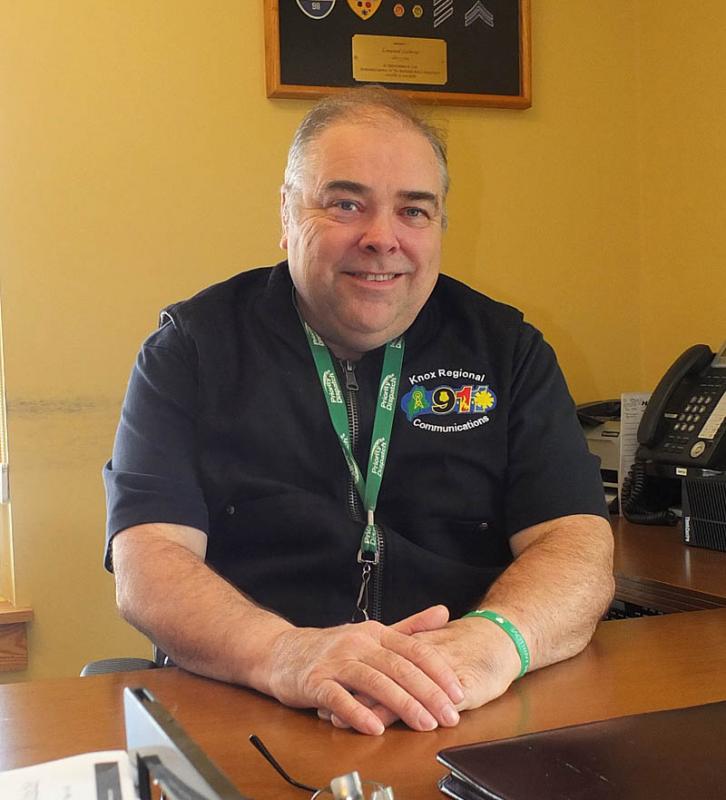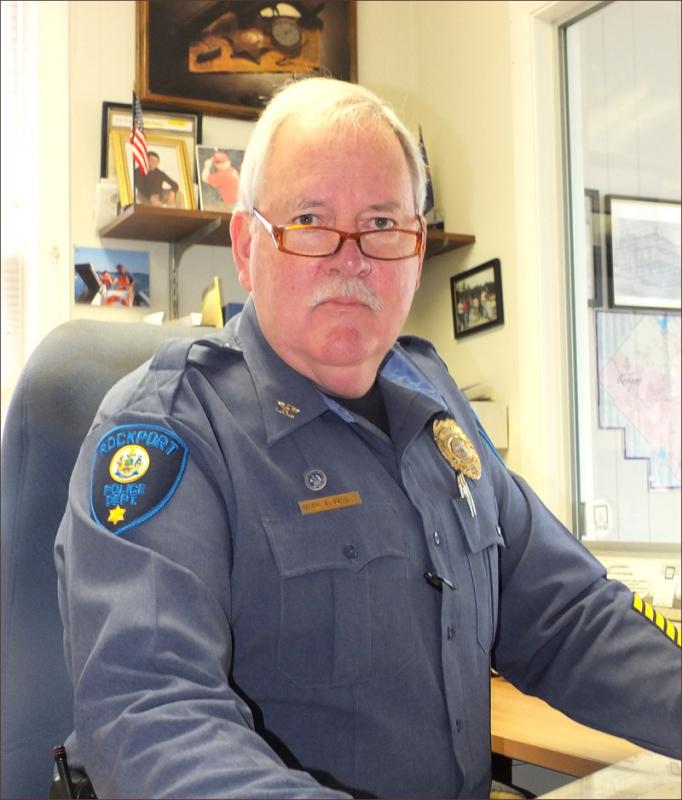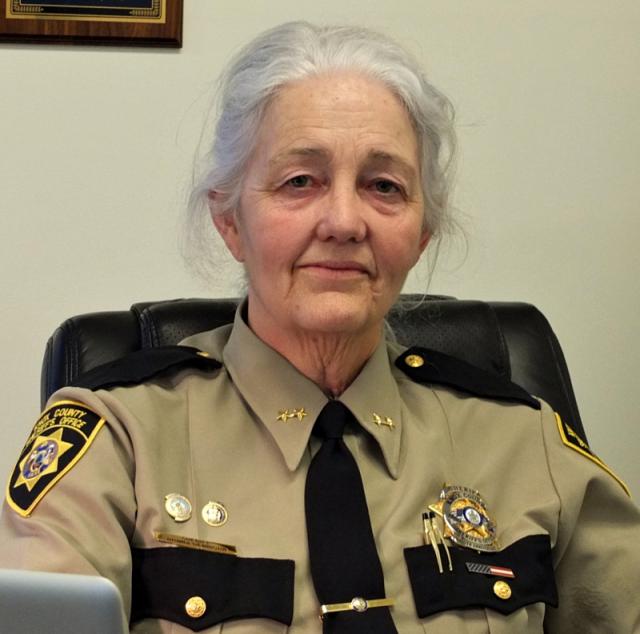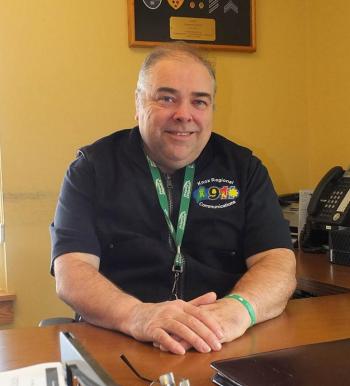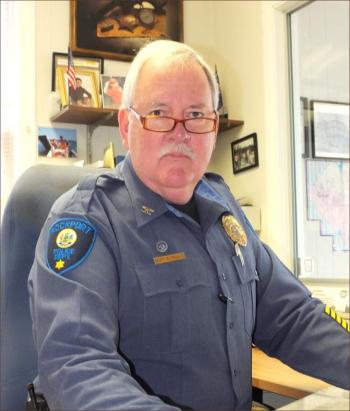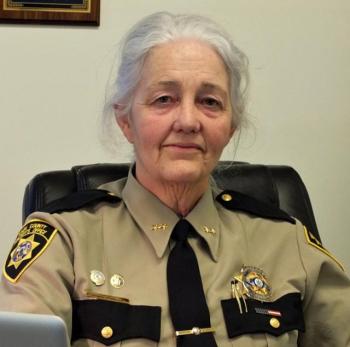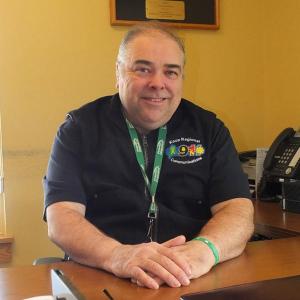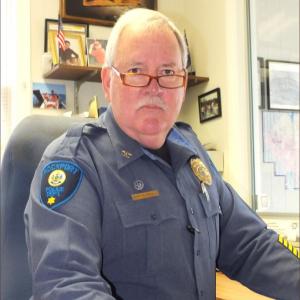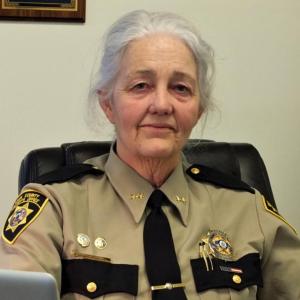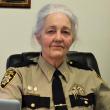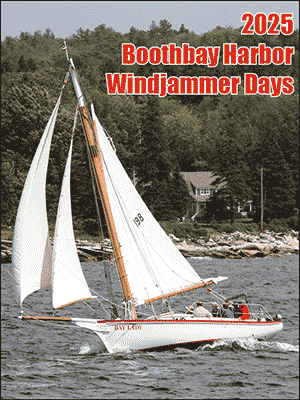Law enforcement looking at Automatic Vehicle Locators; police chief wants them, sheriff opposes idea
ROCKLAND — Linwood Lothrop, Director of the Knox County Communications Center, told the Knox County County Commissioners at their last meeting that Rockport Police Chief Mark Kelley had requested that an automatic vehicle location (AVL) system be installed in his department’s police cruisers. Lothrop told the commissioners that it would be just as easy to do it county-wide for all law enforcement vehicles.
“It would enable us to see any AVL vehicle on a map in the communication center,” said Lothrop. “The advantage of that is to know where all the units are in the county and select a unit closest to the call of the emergency.”
Lothrop said when dealing with five law enforcement agencies, the software would benefit all agencies across the board.
“We try to go for uniformity and consistency in the communications center,” he said. “Rather than have AVL for one agency and not the other creates confusion and it leads to errors.”
Lothrop said he wanted this discussed at the county level to make sure the AVLs were available to all the entities served in the county. Lothrop said there were steps involved to enable AVLs.
“First, we would need to get the price quotes and software from Spillman, which is our software vendor,” he said. “It would work in conjunction with our records management system, which is a computer aided dispatch system (CAD), so that any calls we generate on our management system show up on the map. And that map would also show the AVLs.”
Lothrop said the system would benefit law enforcement.
“There is a lot more on the administrative side that becomes available, too,” he said. “Some of it is proprietary. I’d like to think we wouldn’t give all our secrets away. And in the future it is expandable to fire and EMS.”
The five law enforcement agencies to initially benefit would be Thomaston, Rockland, Rockport, Camden and the Knox County Sheriff’s Department. Lothrop said there is no estimate on what the system might cost to install and become functional.
“We’re at the grass roots level right now,” Lothrop said. “We’re trying to identify total number of users and get some price quotes on the devices that would need to go in each vehicle. Off the top of our head, rough figures, we think we can pull it off for roughly $35,000.”
Rockland Police Chief Bruce Boucher has been active with the grant process to get the funding. Boucher said the idea of AVLs was addressed in both 2006 and 2007. Lothrop confirmed that the chief’s statement was correct.
“We did look at it back then,” said Lothrop. “At that time we really had other needs that we needed to concentrate on like the radio infrastructure and getting the proper radios in the field were more of a priority at the time, but now we are circling back around to take another look at it.”
Lothrop said that if the grant money did come through it would take two to three months to implement. Chief Boucher said that right now they are looking at options with the grant process.
“We are throwing ideas at the wall and seeing what sticks,” he said. “We need the appropriate grant and there are different agencies offering technology assistance grants to law enforcement. It’s a process.”
Knox County Sheriff Donna Dennison said she would be opposed to the installation of AVLs.
“I don’t think it is necessary,” she said. “It sends a strong message to the men that you don’t trust them. There is a lot simpler way if you’re concerned about where their cars are. You can just put a GPS on their cell phones.”
Lothrop had stated the purpose was to be able to dispatch a closer car to an accident, or crime scene.
“We usually have deputies divided on each side of Route 90, and that would be their zone,” Dennison said. “If there was an emergency a call would go out and probably everybody would go.”
Dennison said it would not be something she would want, but if the other agencies wanted it, it would be fine with her.
“It would be quit an expensive item to add from my understanding,” she said. “There are simpler ways to do it. It’s just too easy to put GPS on their phones. If this were a big city where there was a lot going on that would be different. I’m just not quite at that point, yet.”
Dennison stated that it was her observation that crime was on the rise in Knox County.
Lothrop informed the County Commissioners that the AVLs were a GPS device that would be installed in the cars. He also said it has been discussed at the interagency meeting with the police chiefs. It was at this meeting that the idea was brought forth by Chief Kelley.
“It works in conjunction with the software,” he told commissioners. “You can go back and recreate movements for administrative purposes and investigative purposes. If you would have a high speed chase and you wanted to know what the top speed was and the distance of that chase, that software would give you that information.”
Lothrop said they are mainly looking for consistency across the board for dispatch personnel.
“When you have 36 agencies and five law enforcement agencies, we need consistency across the board,” he told commissioners. You can’t have one agency doing one thing and four others doing something else. It gets confusing and that’s when errors get entered into it.”
Lothrop said that the software should be a privilege to all the users and that’s why he wanted to discuss it at this level and not with individual agencies. He said this would be across the board, as well as meet the need for consistency.
“Basically the idea is to perform a better service to the people who pay your wages,” said Kelley, of Rockport. “If dispatch, by using these active vehicle locators, can pinpoint a specific patrol car that might be close to a problem, then they don’t have to look for a needle in a haystack, they can send the one that’s closest to the call.”
Kelley said that if the grant goes through, Knox County could possibly be the only county in the state of Maine with all its law enforcement vehicles equipped with AVLs.
“You have 30 seconds worth of conversation with a dispatcher to an officer and the officer says he’s five miles away, ‘I’m not close.’ And then the dispatcher has to look for the next officer and all the while they are wasting time, 30 seconds, a minute, whatever, when in actuality if their is on the dispatchers screen they don’t have to look for a needle in a haystack, they can pick the closest person to that.”
Kelley said it’s not about answering a call, it’s about who can get there the quickest. When you’re talking about somebody’s life seconds matter.
“The grant is substantial and is being spearheaded by Chief Boucher in Rockland,” he said. “We might get some assistance from EMA and those two have been excellent at grant writing in the past.”
Kelley said that if a call comes in, dispatchers follow the chain of command. A sergeant for example would rarely get a call.
“A sergeant wouldn’t get a call unless everybody else is backed up,” he said. “With an AVL, if the sergeant is the closest person, he’ll get the call. They go and assess the problem until the patrol person can get there and take over. It’s the supervisor’s job to supervise, but they should get the call if they are the closet person.
“It’s all about serving the public better,” Kelley said. “It’s about the big picture. It’s not about each individual department and their way of doing business. I can’t speak for everybody, but at the meeting those in attendance have been supportive of the software being installed.”
Camden Police Chief Randy Gagne said that if the funding becomes available he would not have an issue with its implementation.
Event Date
Address
United States


